Light Painting By Dan Chick

Light painting by Dan Chick
More Posts from Writto and Others

15mins spitpaint - topic - “little red riding hood”… it’s been a while i haven’t updated my artblog, been busy with work *^*’


₣⋃☦⋃℟∄ == neotokyo2099.com






Best of Not ‘Shopped
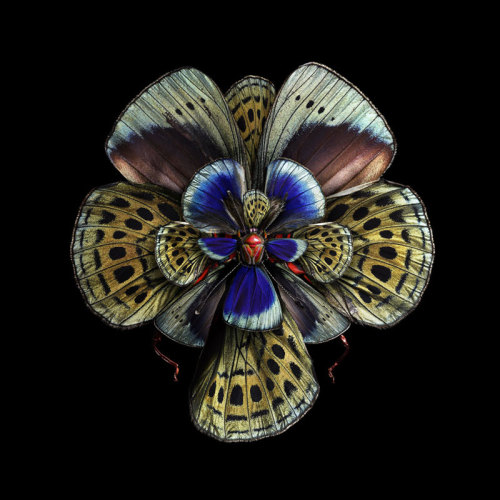
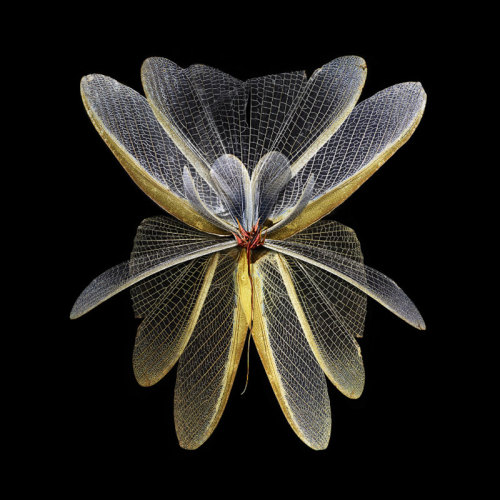
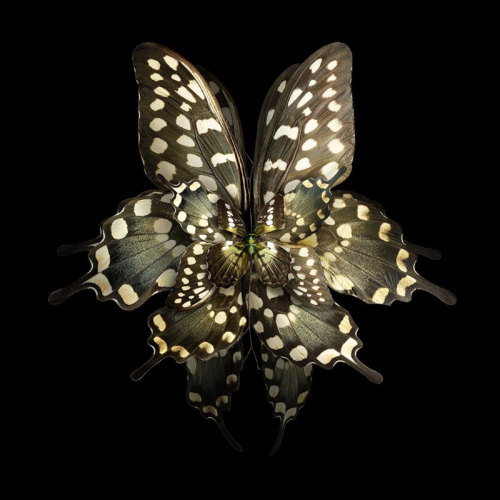
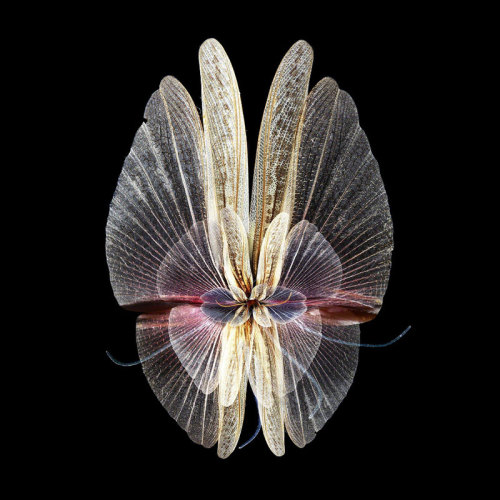
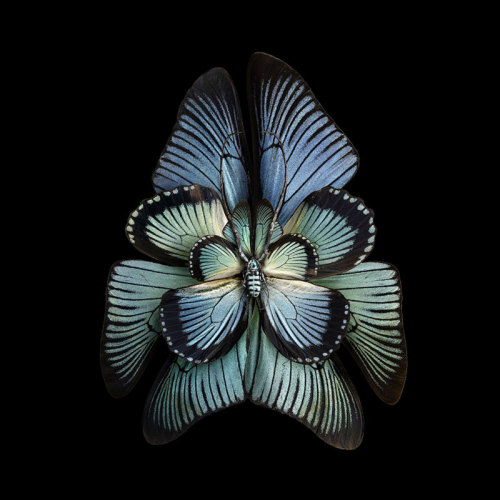
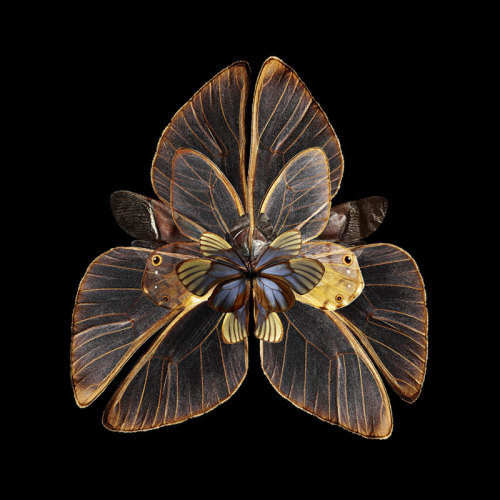
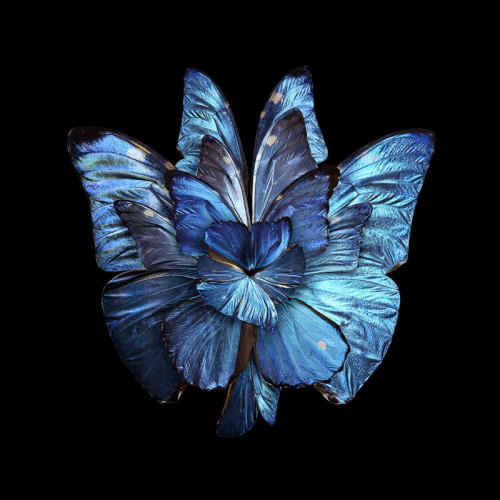
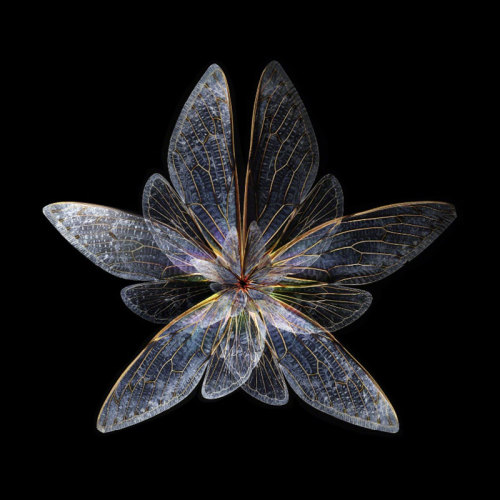
Wings of desire, Seb Janiak



Image-To-Image Demo
Set of interactive browser-based machine learning experiments put together by Christopher Hesse turns doodles into images with various neural network trained image data. For example, in ‘edges2cats’, your simple doodle will be recreated with image data from a dataset of cat pictures:
Recently, I made a Tensorflow port of pix2pix by Isola et al., covered in the article Image-to-Image Translation in Tensorflow. I’ve taken a few pre-trained models and made an interactive web thing for trying them out. Chrome is recommended.The pix2pix model works by training on pairs of images such as building facade labels to building facades, and then attempts to generate the corresponding output image from any input image you give it. The idea is straight from the pix2pix paper, which is a good read. …
[On edges2cats:] Trained on about 2k stock cat photos and edges automatically generated from those photos. Generates cat-colored objects, some with nightmare faces. The best one I’ve seen yet was a cat-beholder.Some of the pictures look especially creepy, I think because it’s easier to notice when an animal looks wrong, especially around the eyes. The auto-detected edges are not very good and in many cases didn’t detect the cat’s eyes, making it a bit worse for training the image translation model.
You can also try doodles in datasets comprising of shoes, handbags, and building facades.
You can play around with the neural doodle experiments here



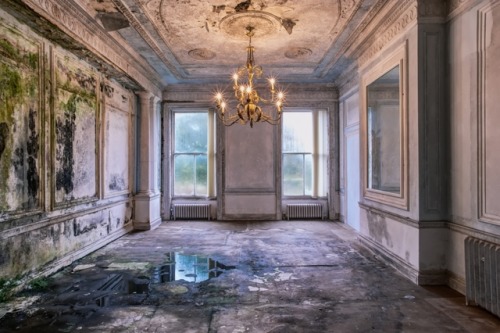

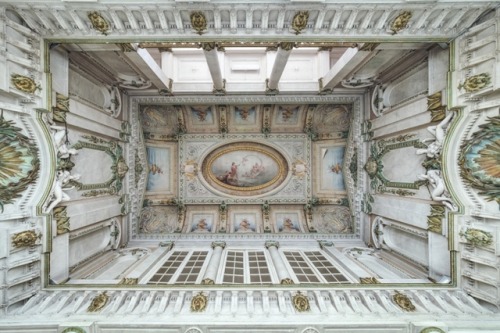


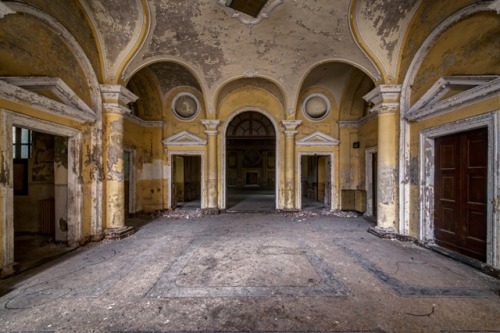
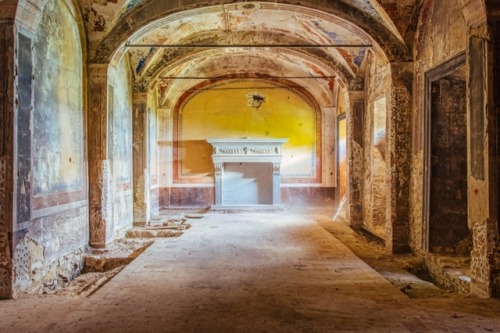
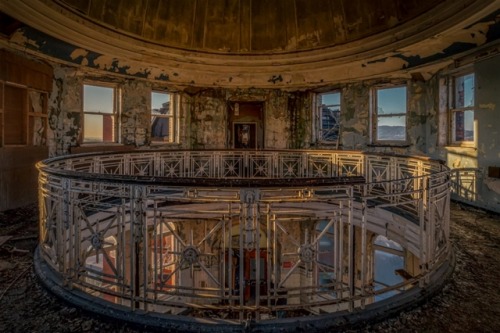
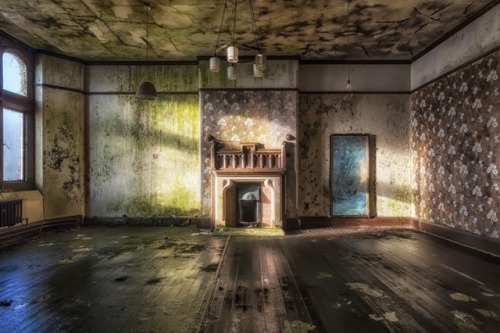
Abandonment issues, James Kerwin
Two Minute Papers - Deep Learning Program Learns to Paint
Short video from Károly Zsolnai-Fehér explains simply how neural network artistic style transfer works, including new improved research work on the subject:
Artificial neural networks were inspired by the human brain and simulate how neurons behave when they are shown a sensory input (e.g., images, sounds, etc). They are known to be excellent tools for image recognition, any many other problems beyond that - they also excel at weather predictions, breast cancer cell mitosis detection, brain image segmentation and toxicity prediction among many others. Deep learning means that we use an artificial neural network with multiple layers, making it even more powerful for more difficult tasks. This time they have been shown to be apt at reproducing the artistic style of many famous painters, such as Vincent Van Gogh and Pablo Picasso among many others. All the user needs to do is provide an input photograph and a target image from which the artistic style will be learned.
Link
-
 snort-ed-blog reblogged this · 8 years ago
snort-ed-blog reblogged this · 8 years ago -
 acidic-lies-blog1 reblogged this · 8 years ago
acidic-lies-blog1 reblogged this · 8 years ago -
 hashley462 reblogged this · 9 years ago
hashley462 reblogged this · 9 years ago -
 beneathalbion-blog reblogged this · 9 years ago
beneathalbion-blog reblogged this · 9 years ago -
 lonewanderwolf reblogged this · 9 years ago
lonewanderwolf reblogged this · 9 years ago -
 lacking-a-little-sanity reblogged this · 9 years ago
lacking-a-little-sanity reblogged this · 9 years ago -
 islifesupposedtobethischaotic liked this · 9 years ago
islifesupposedtobethischaotic liked this · 9 years ago -
 capitano-angelico liked this · 9 years ago
capitano-angelico liked this · 9 years ago -
 50-kara liked this · 9 years ago
50-kara liked this · 9 years ago -
 writto reblogged this · 9 years ago
writto reblogged this · 9 years ago -
 lambo459 reblogged this · 9 years ago
lambo459 reblogged this · 9 years ago -
 craola reblogged this · 9 years ago
craola reblogged this · 9 years ago -
 betaruga liked this · 9 years ago
betaruga liked this · 9 years ago -
 k3n-k3nn reblogged this · 9 years ago
k3n-k3nn reblogged this · 9 years ago -
 hashley462 reblogged this · 9 years ago
hashley462 reblogged this · 9 years ago -
 gravity-darkening liked this · 9 years ago
gravity-darkening liked this · 9 years ago -
 bumblebitchin liked this · 9 years ago
bumblebitchin liked this · 9 years ago -
 beneathalbion-blog liked this · 9 years ago
beneathalbion-blog liked this · 9 years ago -
 insomniavery reblogged this · 9 years ago
insomniavery reblogged this · 9 years ago -
 vilkuma reblogged this · 9 years ago
vilkuma reblogged this · 9 years ago -
 unseenheights liked this · 9 years ago
unseenheights liked this · 9 years ago -
 eenjoy reblogged this · 9 years ago
eenjoy reblogged this · 9 years ago -
 blood-cast-and-magic reblogged this · 9 years ago
blood-cast-and-magic reblogged this · 9 years ago -
 lightsinthetunnnel reblogged this · 9 years ago
lightsinthetunnnel reblogged this · 9 years ago -
 beautifulanxiety reblogged this · 9 years ago
beautifulanxiety reblogged this · 9 years ago -
 londonjim liked this · 9 years ago
londonjim liked this · 9 years ago -
 pizzabongs reblogged this · 9 years ago
pizzabongs reblogged this · 9 years ago -
 pizzabongs liked this · 9 years ago
pizzabongs liked this · 9 years ago -
 evolvingelf reblogged this · 9 years ago
evolvingelf reblogged this · 9 years ago -
 cerberosc liked this · 9 years ago
cerberosc liked this · 9 years ago -
 princess-pinkie420 reblogged this · 9 years ago
princess-pinkie420 reblogged this · 9 years ago -
 acidscars reblogged this · 9 years ago
acidscars reblogged this · 9 years ago -
 spiralinglight reblogged this · 9 years ago
spiralinglight reblogged this · 9 years ago -
 waterfalls-in-space liked this · 9 years ago
waterfalls-in-space liked this · 9 years ago -
 0blivi-s reblogged this · 9 years ago
0blivi-s reblogged this · 9 years ago -
 jikunmewn-blog liked this · 9 years ago
jikunmewn-blog liked this · 9 years ago -
 thelasttruegentleman reblogged this · 9 years ago
thelasttruegentleman reblogged this · 9 years ago -
 foreverangeldust reblogged this · 9 years ago
foreverangeldust reblogged this · 9 years ago -
 mylightmysoulmyhumanity liked this · 9 years ago
mylightmysoulmyhumanity liked this · 9 years ago -
 wonderouslyaimless reblogged this · 9 years ago
wonderouslyaimless reblogged this · 9 years ago -
 ploodoe reblogged this · 9 years ago
ploodoe reblogged this · 9 years ago
A simple reblog blog, aimed to support artwork, ideas and other mind candy.
42 posts